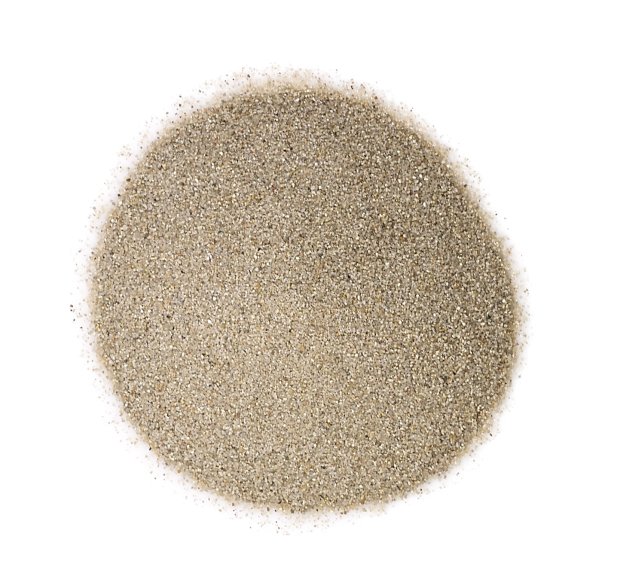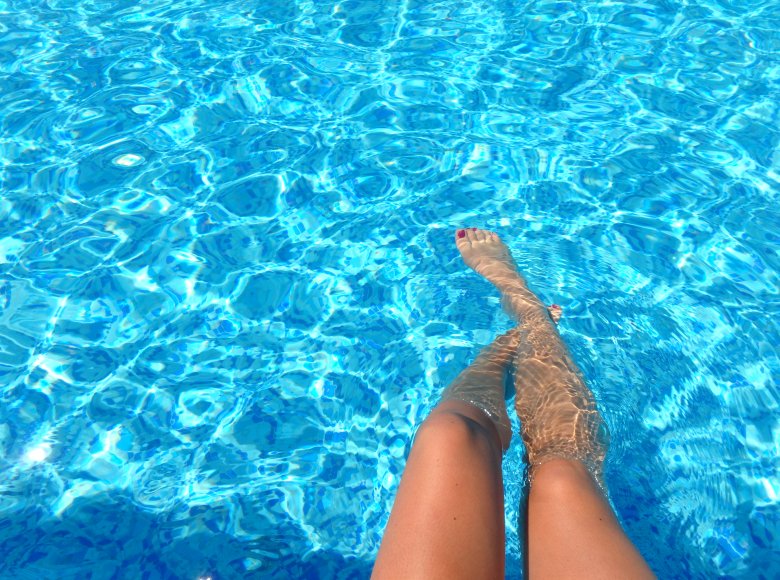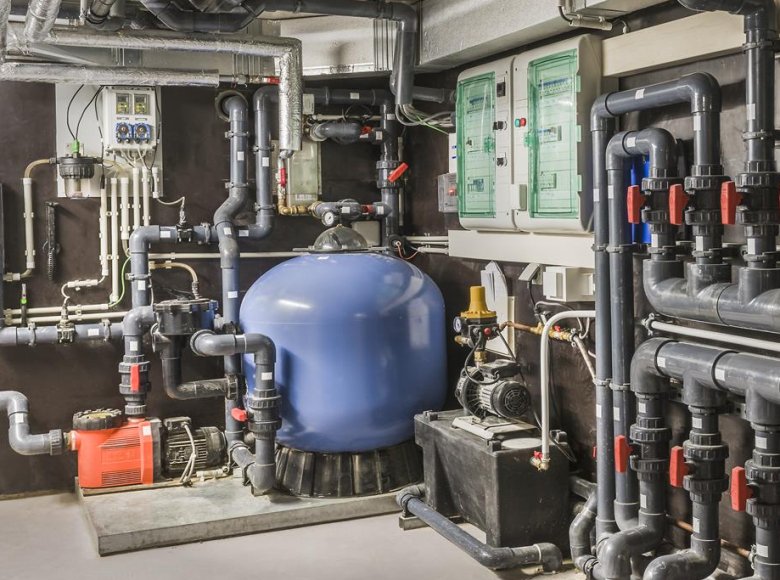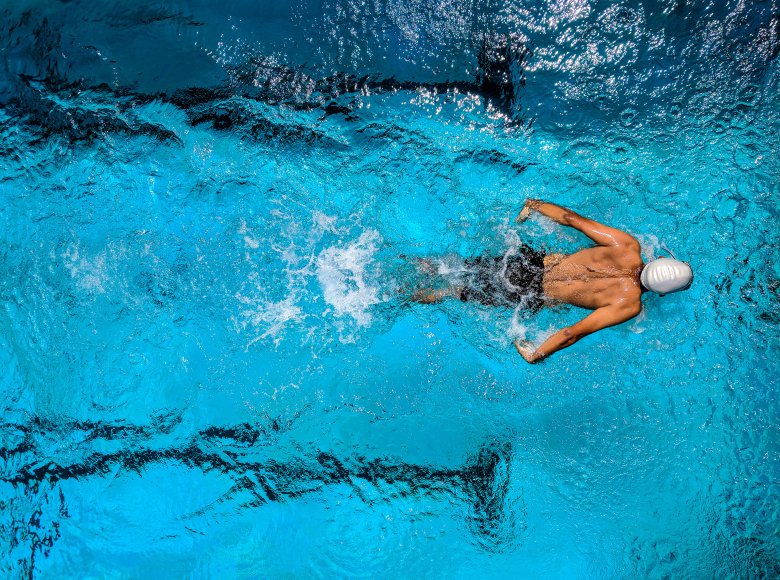A swimming pool without a filter will soon turn into a dirty mess. Without a filter pump, the bacteria and dirt will remain in the swimming pool. This will then quickly make your pool a breeding ground for diseases instead of a healthy wellness environment. That’s something you definitely have to avoid!
Why do you need a filter pump for a swimming pool?
In brief, you need a swimming pool filter for the following reasons:
- To remove dirt and insects from the pool
- For better distribution of chemicals to combat bacteria
The filter pump is therefore the most important part of your swimming pool installation.
When should you filter the swimming pool?
If you use the pool a lot, it is important that it is filtered adequately. The amount of filtering time depends on the filter that has been installed. Choose your filter installation based on the capacity of the equipment and the volume of your swimming pool and ensure that the pool water passes through the filter completely every 4 hours.
To determine the capacity of your filter, take a look at the flow rate that can be handled by the filter and the filter pump. Ideally, these will be identical, but make sure that they are at least close to each other in terms of capacity. There is no point in fitting a filter that can handle 22 m³/h if the filter pump installed has a rating of 11 m³/h.
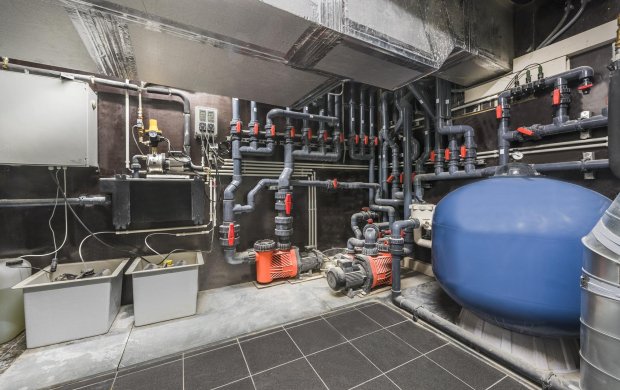
For example:
Suppose you have a swimming pool 10 m long and 5 m wide. The overall depth of the pool is 1.5 m. This results in a total volume of 75 m³ of water. To filter this swimming pool in 4 hours, you will need a filter installation that can handle a minimum of 18.75 m³/hour.
For this, it would be best for you to buy the following filter pump and filter from the range offered in our webshop:
- Filter pump: Badu 90/20 single phase, also available as a three-phase model.
- Filter: TR 100 sand filter
You could opt to save on your filter installation by choosing a filter pump with a capacity of 13 m³/h and a corresponding filter that can handle 14 m³/h. But it will then take 2 hours longer to filter the entire swimming pool. That means the money you save on the purchase of the filter pump will eventually be eaten up by additional energy costs. So this should be borne in mind when choosing the filter installation.
In summer, we advise you to filter for at least 12 hours a day with a maximum break of 2 hours. This amounts to 6 hours filtering followed by a 2-hour break and then constantly repeating this. In this way, you will need far fewer chemicals and will always have a clear swimming pool. All of the dirt and insects are immediately removed to the filter.
The filter installation does not have to run during the winter. We let the system run for 2 hours/day to keep the installation operating smoothly. But it doesn’t have to filter the water. The circulation helps you to avoid problems when starting the swimming pool up again in the spring. You can compare this with a car that has been standing in the garage all winter; that can also cause problems. Only do this when the filter installation is free of frost.
How can you filter a swimming pool?
There are various possibilities for filtering a swimming pool. It is important to choose a filter system that is suitable for your pool. For example, you don’t need a filter installation that shifts 20 m³/h for a small plunge pool. The same applies to a cartridge filter for a swimming pool holding more than 40 m³ of water.
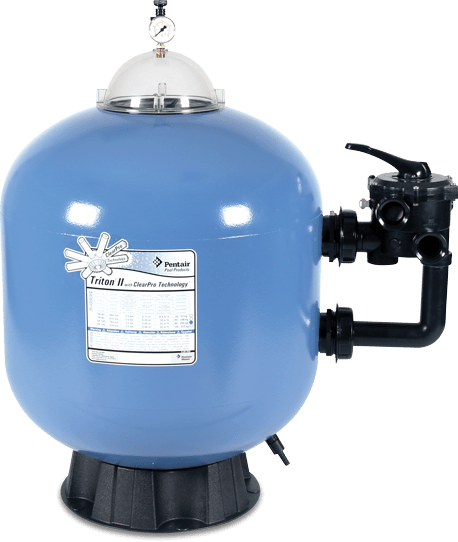
Sand filters:
Sand filters are the most popular and best-quality way to clean a swimming pool. In addition, sand filters are able to filter a large quantity of swimming pool water over a short period of time. This provides for good filtration as well as good disinfection of the swimming pool.
Advantages and disadvantages of a sand filter:
Advantages:
- Excellent filtration
- Fewer maintenance products needed
- Better water circulation
- Easy to combine with the other parts of the swimming pool installation, such as a heat pump
- Instead of sand, you can also use a different filter medium, such as filter glass
- Better filtration than a cartridge filter
Disadvantages:
- Regular backwashing (ideally every week) is necessary for good filtering
- Sand has to be replaced every 5 years
- A flocculating agent is also needed to filter out the finest dirt particles
Cartridge filters:
A swimming pool with a cartridge filter uses filter cartridges to filter the water. Cartridge filters are ideal for small swimming pools that do not require much maintenance, but they also have a number of disadvantages and themselves require more maintenance. For this reason, they are hardly ever used for large swimming pools.
Advantages and disadvantages of a cartridge filter:
Advantages:
- Easy to install
- Low price category
- Ideal for a small Intex or Bestway swimming pool
Disadvantages:
- Limited in terms of power and possibilities
- Less fine filtration compared with a sand filter
- Only stops coarse dirt
- Cannot be combined with a heat pump
- Quickly becomes saturated, so has to be replaced regularly
- Algae growth cannot be ruled out
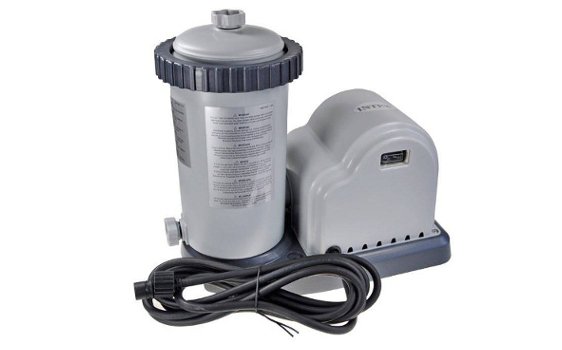
How does a swimming pool filter installation work?
A sand filter won't work if you do not have a swimming pool pump; you need both system components to make sure your pool water becomes crystal clear again.
The swimming pool pump pumps the water from the pool to the swimming pool filter. The surface water goes to the sand filter via skimmer or overflow. The pump also brings the water to the sand filter via the pool vacuum cleaner.
If you have a skimmer pool, then the skimmer system will most likely have a pre-filter or filter basket. This can intercept the larger debris first. You should definitely also use the Net'Skim pre-filter collection bags to catch all bigger debris (twigs, leaves, insects, etc.) so that it doesn't reach the sand filter, prolonging the filter's lifespan.
Once the water gets to the pool sand filter, it is pumped through the sand filter from top to bottom. This filter is filled with a filtration medium, such as sand or glass.
The water rests on top of the sand and seeps down through it. The dirt particles stick to the sand and fresh clear water comes out of the pool filter. The water is then guided back to the swimming pool, sometimes passing a pool heating system first.
More information about swimming pool filters can be found in this blog message. There you can also read about what your filter’s six-way valve does and how you should use it.
When should you replace (the sand in) your filter?
You probably won’t ever need to replace the filter vessel. Certainly not if you maintain it well and backwash regularly. The sand filter can burst in exceptional cases on account of there being excessive pressure in the vessel. This can be due to the filter not being backwashed often enough to remove all the dirt.
The filter pump also lasts a long time and you will hardly need to replace it. We have already explained in an earlier blog message when and how to replace the filter pump.
Only the filter sand needs to be replaced regularly. If you want a well-maintained swimming pool, it is best to replace the sand every 5 years. Filter glass never has to be replaced.
Looking for a high-quality filter for your swimming pool? Then take a look at the filters in our webshop!
